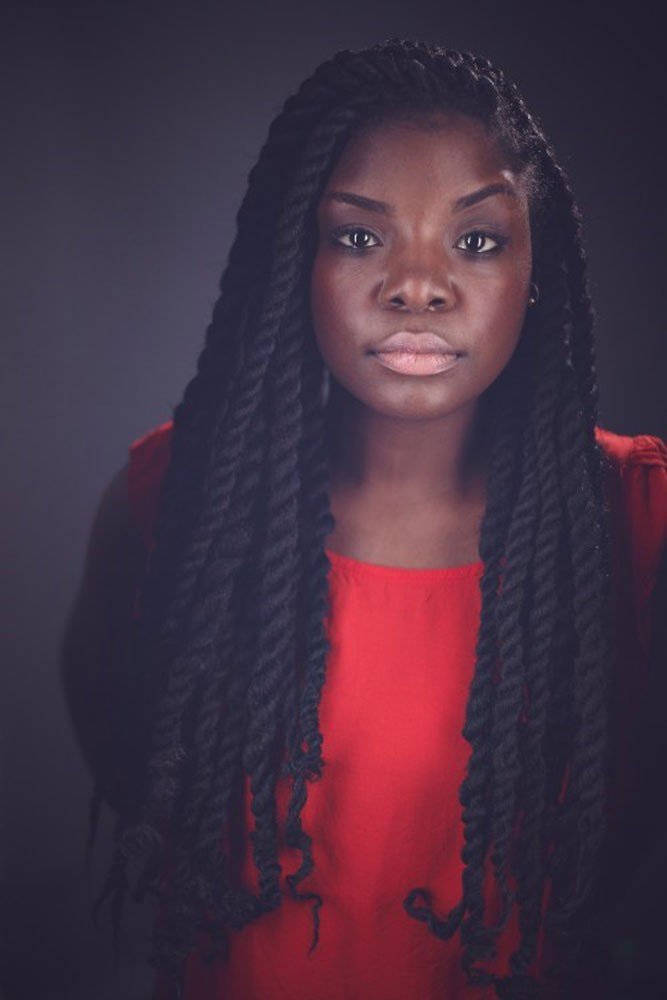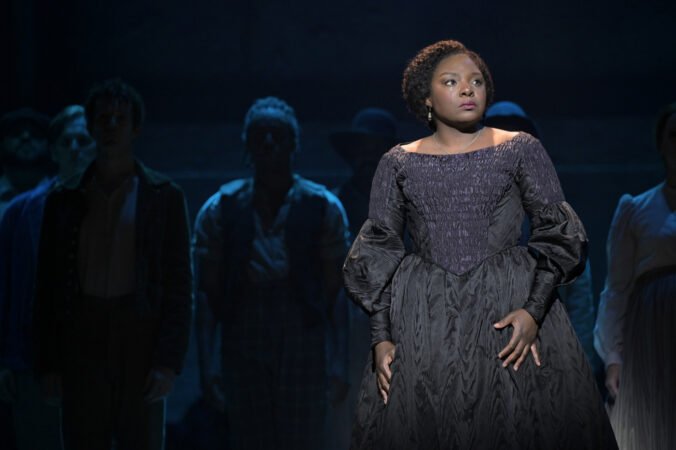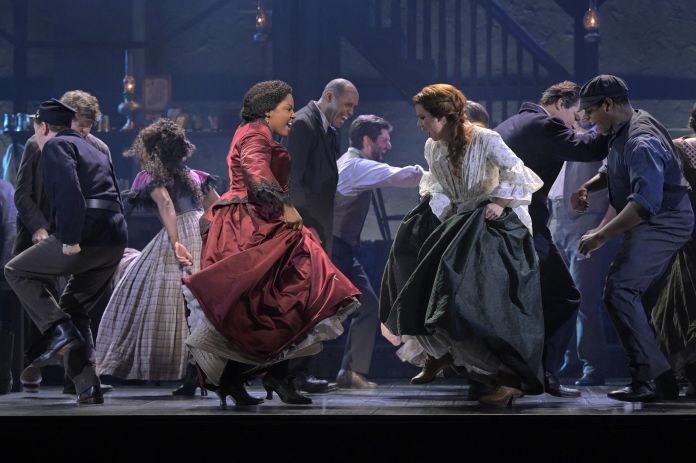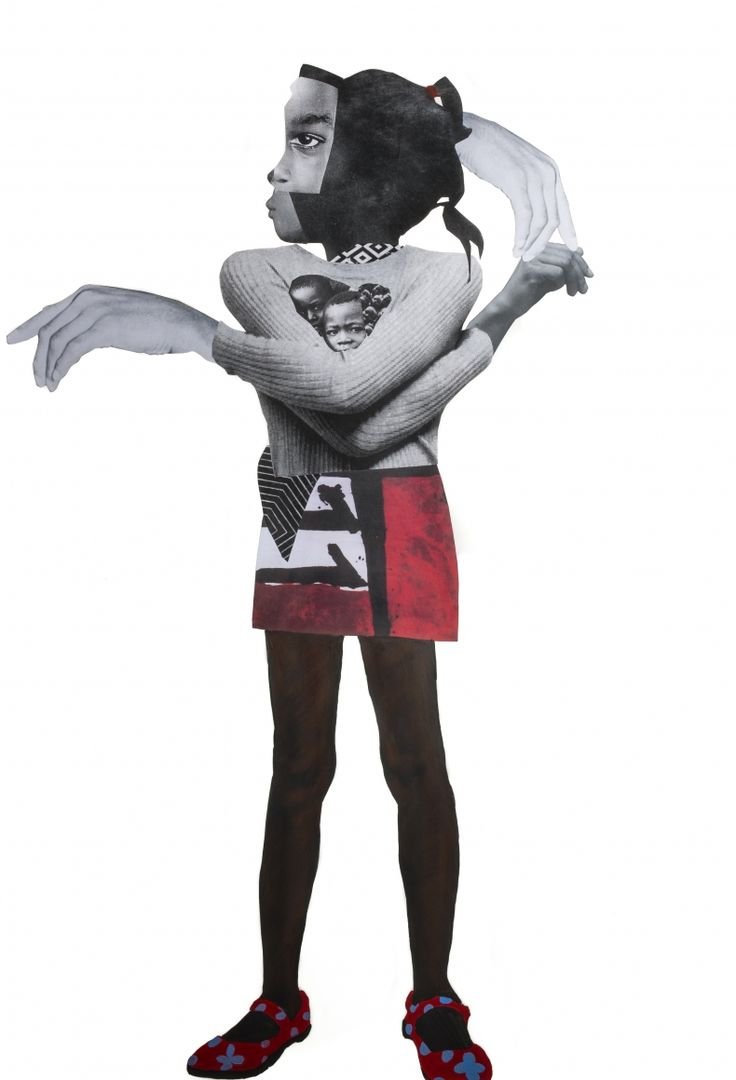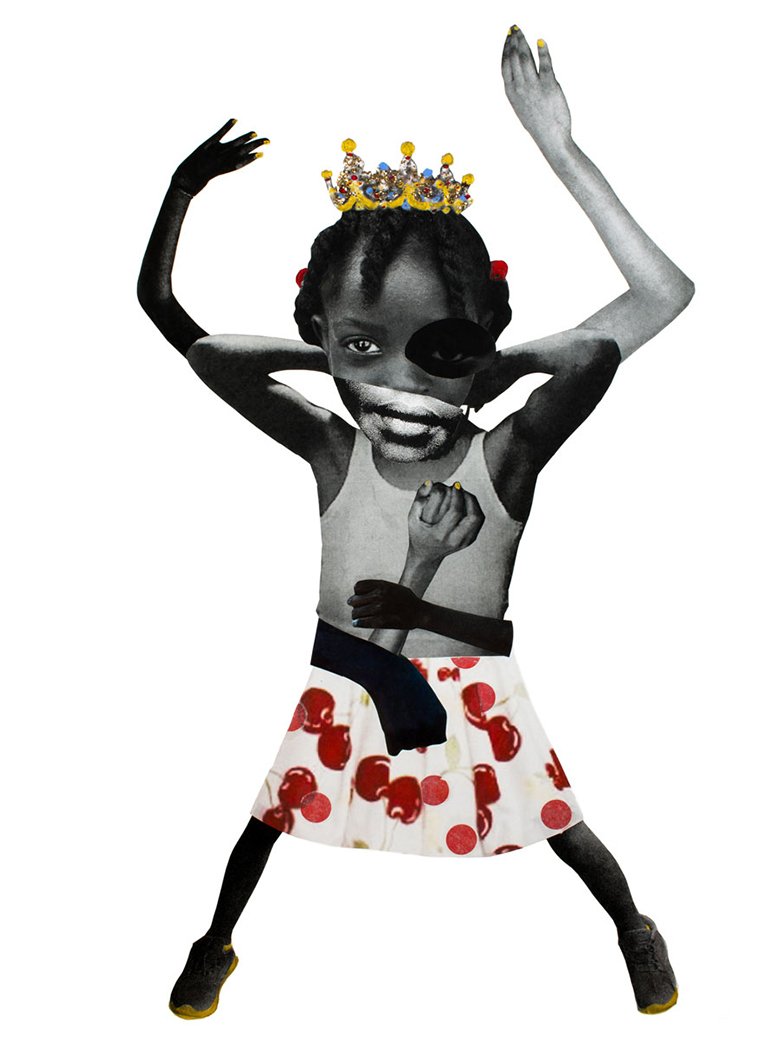Standing in Our Power
In our Jazz Leadership model, we identify “Your Sound” as a practice that can distinguish each musician from another and demonstrate the level of skill and soul they bring to each performance. Musicians go “in the shed” to develop their sound and hone their skills—crafting the tone and style that sets them apart and makes them recognizable and unique.
As musicians discover and perfect their sound through study, experimentation, and improvisation, non-musicians can make a parallel journey to find and identify their voice. It was not until my early thirties that my voice started to take shape—what values were important, how I viewed the world, and what I truly stood for. It took me quite a while to understand and acknowledge that what I had to say was important and worthwhile. Prior to this clarity, there was a sense of powerlessness that prevented the fullness and authenticity of how I could move in the world. It’s an ongoing journey—each decade brought opportunities to discover more of my voice and become further grounded in my genuine presence.
That’s why I could identify with Broadway actress Joaquina Kalukango’s story as I read the New York Times article about her journey to own her power and trust herself and her opinions. (Kalukango is pictured above) Her journey to becoming lead actress in the Broadway play Paradise Square was one plagued by a reluctance to speak out, of letting things slide, and settling for uncomfortable, unwanted consequences. Experience, maturity, and recognition of that ability in other Black actresses enabled Kalukango to find the courage and confidence to speak her truth.
You have to take ownership of your craft, ownership of your art, ownership of who you are as a person.
—Joaquina Kalukango
Power Stance
Deborah Roberts displays a comparable power through her art of mixed-media found photography, as she explores the play, innocence, and joy of Black American girls. Roberts feels that these aspects are missing in the narrative of Black womanhood, resulting in young Black girls being treated more like adults. In a separate New York Times article, Roberts was visiting the New York Historical Society’s current exhibit, Black Dolls, and noted the similarities between those figures and hers. Roberts explained that her young girls typically had very large hands and feet so they were able to hold the power they would need to handle the abuse that was coming. Roberts says that the dolls and her collage figures have a similar “power stance”—to be rooted in their value against stereotypes and historically perceived beauty standards.
Our power lies in finding and standing in the beauty of our truth. If we pay deliberate attention to our interactions and recognize the times when our inner being signals a truth, we can continually hone our power from a place of integrity. From this stance, we can experience power with instead of power over.
Greg and I are looking forward to seeing Joaquina Kalukango as lead actress in Paradise Square at the end of this month. I will be in celebration mode with her above and beyond an exemplary performance at the curtain call. I’ll celebrate the beauty of a power, that when exhibited, is the soulful presence of our uniqueness.

